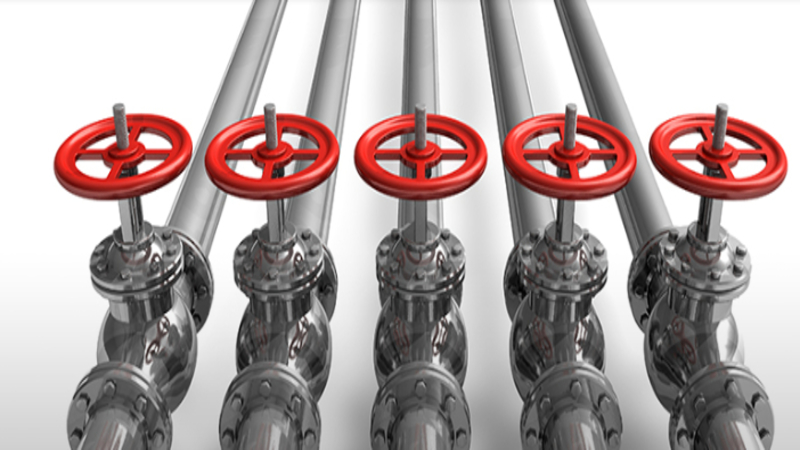In all applications for residential and commercial construction and development, using the ideal material for cost effectiveness as well as durability and long-life cycle is an important choice. Knowing what type of piping and pipe fittings to use, can be the difference between a very satisfied client and one that is dealing with replacements and leaks.
One of the most common choices for piping and pipe fittings is CPVC. CPVC pipe fittings and pipe are very similar in appearance to the more familiar PVC pipe, but it has several advantages. CPVC stands for chlorinated poly vinyl chloride, with the added chlorination free radical reaction in the processing of the thermoplastic that makes this a superior option for most applications.
Use Only CPVC Pipe, Fittings and Solvents
While they have the same general chemical composition, the additional chlorination of CPVC pipe makes the two products differ in the way they react and how they can be used.
When heat is a factor, or when there is a need to move potable water, corrosive or materials where scale buildup is a concern, CPVC pipe fittings, and pipe is typically the most recommended choice. It is also required by specific building standards if the temperature of the liquid will be higher than 140 degrees Fahrenheit.
The chemical differences between CPVC and PVC pipes and fittings means that the correct primer, solvents, and all bonding materials be used specifically for the designed type of pipe. Do not use CPVC pipe fittings and pipes interchangeably with PVC pipes as this will reduce the overall capacity of the system.
Support for Lines
With the increased corrosion resistance and heat resistance, the CPVC pipe is more flexible and slightly less rigid than traditional PVC pipe. For these reasons, it will be essential to provide support along elevated lines of this pipe and at fitting locations as recommended by the manufacturer.



